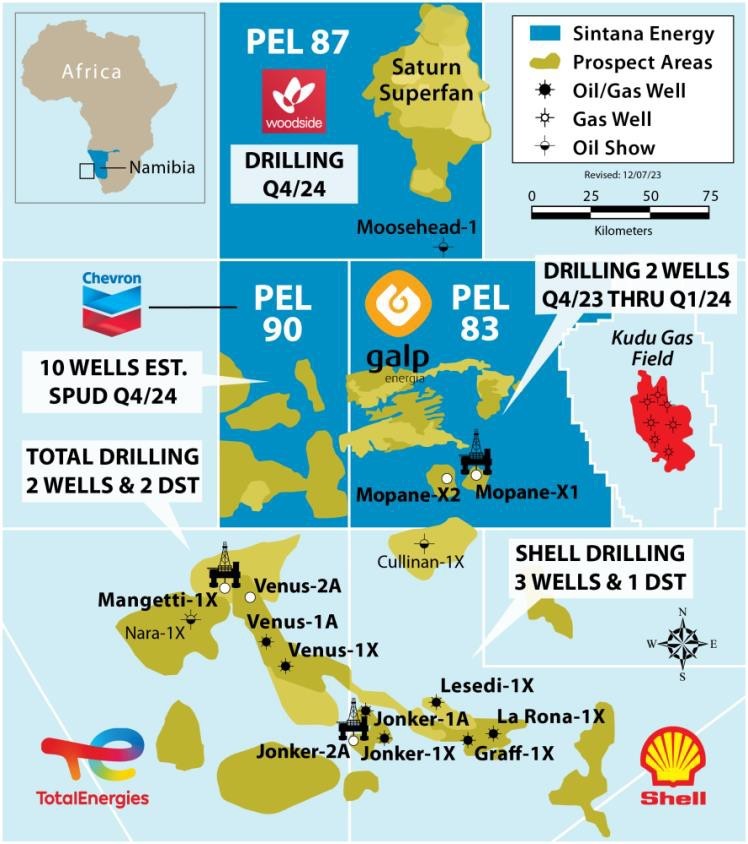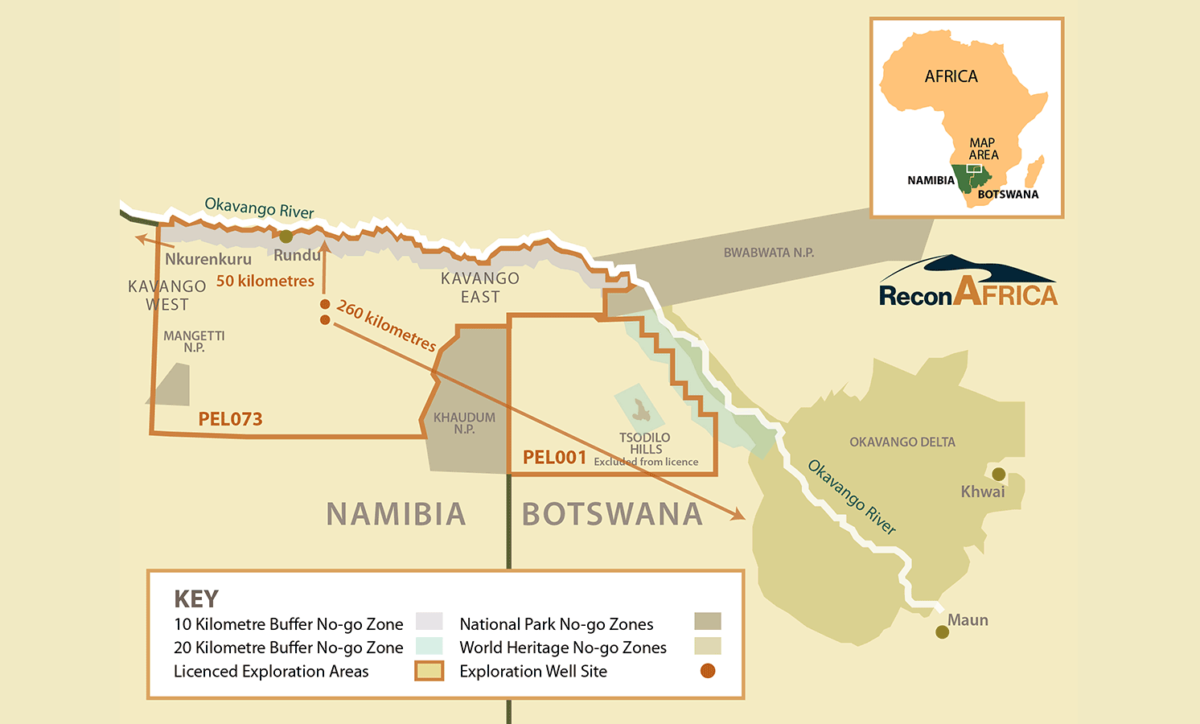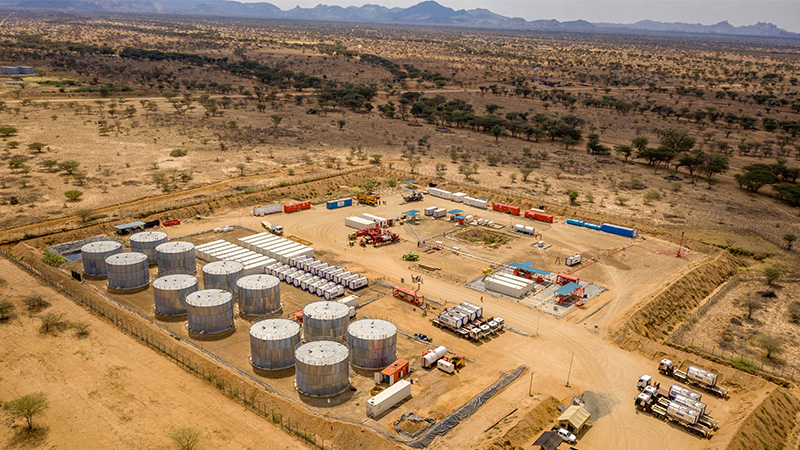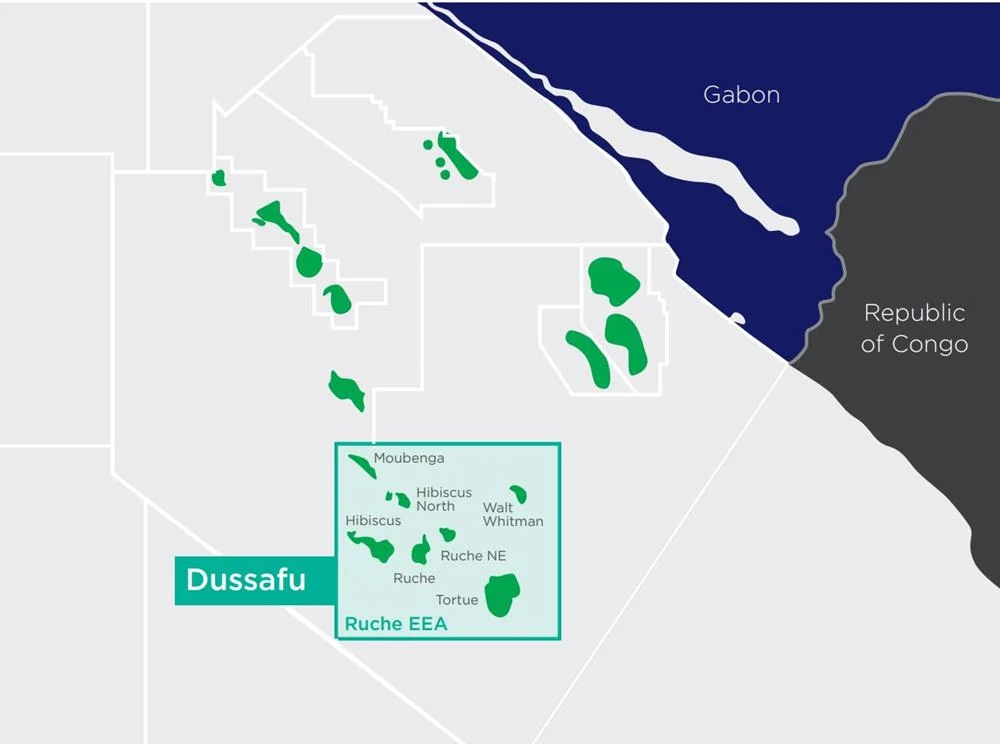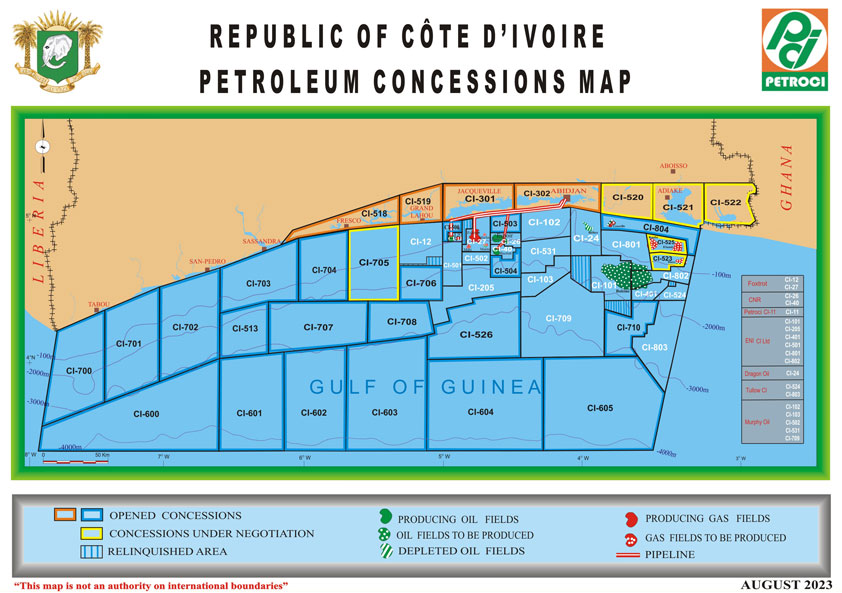Africa Energy Outlook 2021 – Africa Energy Chamber
Fiscal Regime
Changing fiscal regime does not come for free. It causes uncertainty and it distorts the expected revenue profile for the state and it is hard to arrive at what the fiscal parameters should be. Capital is nevertheless fungible and to attract capital to possible future projects, African nations with petroleum resources will most likely have to adapt
their fiscal regimes similar to how other nations have adapted them in light of the new era with more supply and less demand. Failing to do so can lead to stranded resources and outcompeted resources.
Drilling activity
By 2018 demand was down to 35 rig years implying a reduction of 56%. 2019 was in that respect a more promising year as demand increased towards 45 rig years representing an increase of almost 30%. At the start of 2020 the demand was not expected to decline towards and below 2018 levels again, but the extraordinary impact of COVID-19 means that estimates for 2020 and 2021 are pointing to record low rig demand of
less than 30 rig years. It is in particular floating rigs that will be impacted by lower demand versus the 2019 actuals. However, from 2022 onwards the expectation is for rig demand to rebound slightly as drilling program associated with projects currently under development are imitated and a higher oil price expectation help revive exploration activity.
Commodity markets oil
The initial turmoil caused by COVID-19 stabilized over the summer months as demand bounced back following lockdown measures being removed and the supply being curtailed. The Brent oil price increased from sub 20 USD/bbl to over 40 USD/bbl.
Going forward towards 2021 there remains high uncertainty around how the virus outbreak will unfold, how economies will reach and ultimately what the impact will be on oil markets.
Our outlook will showcase a potential view of what can happen should a second wave of the virus outbreak manifest itself and reinstate the draconian lockdowns from spring 2020. Our base view is a gradual increase in demand throughout the remainder of 2020 and throughout 2021 to reach the pre-COVID demand levels by late 2021.
Should the demand outlook unfold similar to Rystad Energy’s base case outlook, the oil price is expected to see a similar gradual increase. By 2022, assuming the virus is under control and normalcy has returned, there is a risk of spiking oil prices above 70 USD/bbl as the dearth of investments throughout 2020 and 2021 may lead to a constrained supply outlook. Beyond 2022 the expectation is for the oil price to stabilize around 60-65 USD/bbl.
Carbon efficiency
As the world is moving towards the energy transition in order to curb greenhouse gas emissions and meet the targets in the Paris agreement, the oil and gas industry is doing its share. While combustion of the hydrocarbons do represent around 90% of the total emissions, the remaining 10% is what oil and gas companies are targeting through initiatives such as electrification, reduced flaring and more energy efficient extraction methods. An often used metric used to determine hydrocarbon production’s carbon efficiency is to consider the amount of emissions outside combustion per unit of production. The lower this ratio is the more efficient your production is.
While carbon efficiency used to be more of a corporate social responsibility metric, the metric is now used increasingly in financial calculations as the cost of emissions is increasing. The emission cost is increasing as a function of limited carbon emission budget in order to stay within the stated temperature increase target and as such any expensive hydrocarbon production with high emissions are generally considered to be the first in line to be curtailed. Capital is therefore facing higher and higher premiums to be deployed in carbon inefficient hydrocarbon production and it is therefore increasingly important to help minimize emissions in order to have a competitive project
Production Outlook
Africa production outlook for the period 2020 – 2025 looks flat. Estimated 2020 liquids output from the continent is 6.92 million barrels per day (MMbbls/d) (85% crude oil).
2020 crude oil output is estimated at 5.85 MMbbls/d. As OPEC+ production sanctions on the member nations are lifted, sub-Saharan African (SSA) countries and Libya
pick up liquids production, 2021 – 2022 production is expected to slightly increase to 7.5 MMbbls/d before declining to 2020 levels by 2025. Same is the case with crude oil production, where 2021 – 2022 output is estimated at a higher 6.5 MMbbls/d before declining back to 2020 levels of 5.8 MMbbls/d. The crude oil production from the SSA
countries declines going into mid-2020s and rest of Africa’s production increases.
2020 natural gas production from the entire continent is estimated at close to 22.9 billion cubic feet per day (Bcf/d). This is expected to slightly increase to 24 Bcf/d in 2021 and is expected to stay flat at the same level till 2025.
The overall hydrocarbon production split between the SSA countries and rest of Africa reverses from 2020 to 2025. The SSA countries contribute to close to 55% of the overall output in 2020, while the rest of African countries are estimated to contribute to close to 55% of the production by 2025. The main reason for this is the declining production from the major producers in SSA while Libya is expected to recover from the ongoing civil war and produce a larger chunk of the overall crude production from the continent.
The Africa Energy Outlook produced and presented by the African Energy Chamber in partnership with Rystad will also feature sections on:
- Jobs Outlook
Cashflow and profit outlook
Expenditure and Investment Outlook
Oil and gas outlook impact on the African energy sector
Africa’s power sector
Commodity markets – gas
‘’It goes without saying that Africa has witnessed its fair share of triumphant and difficult times this year. An emergence of African oil companies (AOC) have shown great character and continue to do so in that regard. Even though oil and gas activities have taken a hit, optimism surrounding African projects, fiscal regime and investments still exists. There has always been opportunity in unprecedented and unexpected events which gives us a lot to look forward to in our African Energy Outlook 2021. Having become the voice of the African energy industry, we are excited to be launching our second Outlook following the success of our inaugural report last year. Our partnership with Rystad Energy has allowed us to highlight foreseeable trends and analyse the future of the energy sector and what it may hold for industry players and businesses alike.’’
– Executive Chairman, African Energy Chamber, NJ Ayuk



